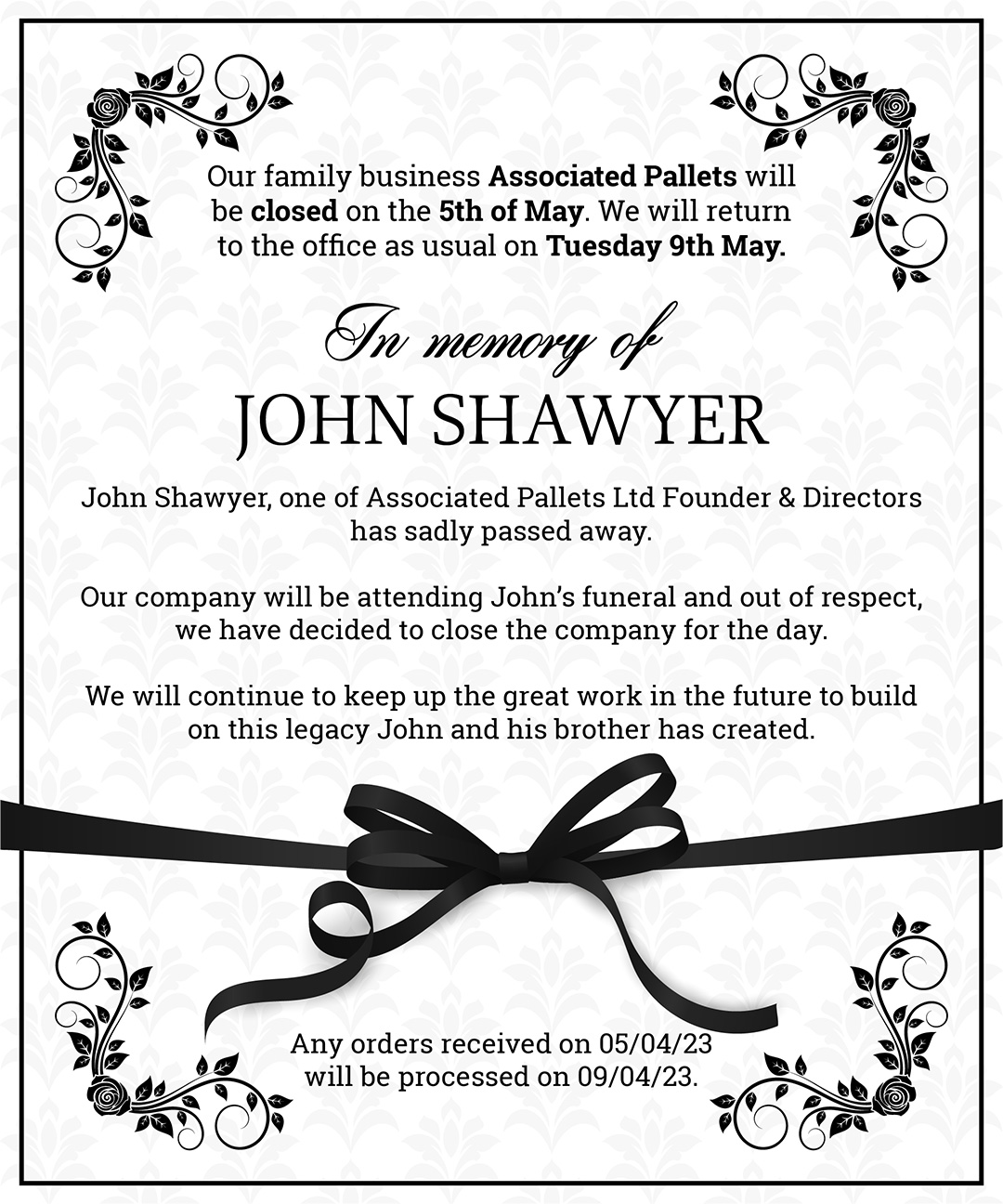Most Eco-Friendly House in Britain to be torn down
17 Jun 2014
A couple who have built the most eco-friendly home in Britain have been told by the local council that they need to tear it down, as they failed to apply for planning permission.
The story started over five years ago, when London-based couple Matthew Lepley and Jules Smith decided to shun their high-rise tower block and city life for a greener existence that relied on living off the land and residing in an eco-friendly dwelling that they built themselves. Their mission was to get as close to nature as possible and live as self-sufficiently as they could, in a house that was built using recycled materials and that emitted as few carbon emissions as possible.
How the House Was Built
Matthew and Jules acquired a 20-acre plot of land in Devon and set aside £20,000 for their house-building construction project. They searched fields, scrap yards and farmland for junk and items such as pallets, railway sleepers and tyres that could be used to construct the house. Using these materials, the couple set to work to build the house without the aid of any power tools, so that they could live at one with nature as much as possible. They used recycled materials and hand tools such as an axe to break the wooden pallets up. During the construction phase, the couple slept in tents and lived off the land.
The foundations of the house were made from used tractor tyres that were filled in with gravel. The walls and roof were built from old railway sleepers and wooden pallets that had once been used for haulage purposes.
It took the couple five years to build the house, mainly due to the fact that they shunned the use of power tools to help them. They both, however, confessed to finding this process extremely satisfying and it enabled them to follow their ethos of living in as environmentally friendly a manner as possible.
The End Result
The couple’s plans for the construction of the house changed over time to adapt to their needs. The end result, however, was a one-bedroom cabin with a lounge, kitchen and a bathroom. There was no running water in the house, so when they needed water it had to be collected from a bore hole. The toilet consisted of an outside compost heap where the waste got recycled. With no electricity, food had to be kept cool by keeping it in a compartment some two and a half feet underground. They used paraffin lamps and candles for lighting and a woodburner for heating.
A Green Life
The couple managed to enjoy their green existence in their eco-friendly dwelling and began growing their own fruit and vegetables as well as rearing ducks for their eggs and keeping sheep for their wool. They earned an income from selling the produce that they made, and Matthew also took part-time work as a carer.
Initially, the neighbours were enthusiastic and supportive of their way of life, but things soon turned sour for Matthew and Jules.
The Local Council Steps In
The positive support from the neighbours soon changed once the couple announced that they were planning on turning their eco-friendly home into a conservation business which would see them hosting green engineering workshops, sustainable living courses and permaculture classes.
A petition was soon raised with ten signatures protesting against the couple’s dwelling and was submitted to the local council.
Torridge district council contacted the couple and said that the eco-friendly home should be torn down, on the basis that the couple did not apply for planning permission to build it.
The couple did not apply for planning permission as they believed it was against their personal values. They argued that the process was not environmentally friendly, riddled with bureaucracy and paperwork and used too much energy.
Whilst the couple had been aware that there was a risk involved in building the home without the council’s permission, they had hoped that their eco-friendly home would have gained retrospective permission after a period of four years. They had also hoped that as the building was not being visible from the main road, it would not have attracted any complaints from locals.
The couple appealed against the first ruling and are currently fighting their second notice from the council. They hold strong views about the fact that there is currently a lack of affordable housing in the country, particularly for low-income earners. They will fight hard to ensure that their eco-friendly dwelling does not get torn down.


